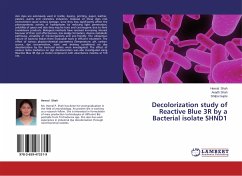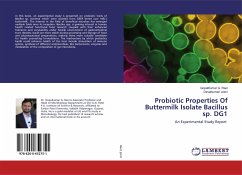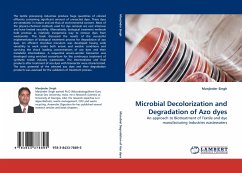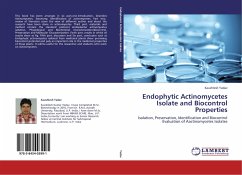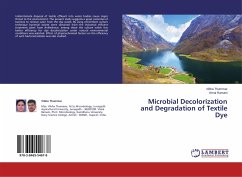Azo dyes are extensively used in textile, dyeing, printing, paper, leather, plastics, paints and cosmetics industries. Disposal of these dyes into environment cause serious damage, since they may significantly affect the photosynthetic activity of hydrophytes by reducing light penetration, solubility of gases and also they may be toxic and carcinogenic due to their breakdown products. Biological methods have received increasing interest because of their cost effectiveness, less sludge formation, diverse metabolic pathways, versatility of microorganisms and eco-friendly. The ubiquitous nature of bacteria makes them invaluable tools in effluent treatment. The effect of various physico-chemical parameters (Temperature, pH, carbon source, dye concentration, static and shaking conditions) on dye decolorization by the bacterial isolate were investigated. The effect of various redox mediators on dye decolorization was also investigated using Reactive Blue 3R dye as model compound with absorbance maxima at 510 nm.

